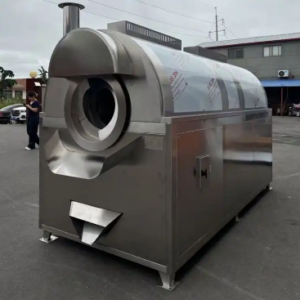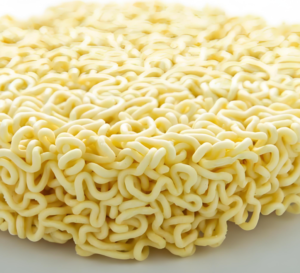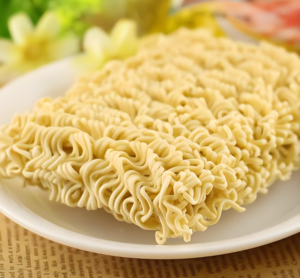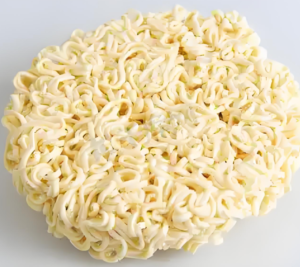double screw extruder puffed snack food machine
ToggleHow to Maintain a Twin-Screw Extruder: Essential Care Guide
A twin-screw extruder is a critical machine in food, pet food, and feed production. Proper maintenance ensures longer equipment life, consistent product quality, and reduced downtime. Below is a step-by-step guide on maintaining your twin-screw extruder effectively.
1. Daily Maintenance
A. Cleaning After Use
- Flush the barrel with a soft material (e.g., cornmeal or a cleaning compound) to remove residual product.
- Disassemble and clean screws, dies, and cutter blades to prevent material buildup.
- Wipe down the machine exterior to avoid dust accumulation.
B. Lubrication Check
- Inspect gearbox oil levels and top up if necessary.
- Grease bearing points and screw shafts as per the manufacturer’s recommendations.
C. Inspect Wear Parts
- Check screw elements, barrel liners, and die plates for signs of wear or corrosion.
- Replace damaged components to prevent processing inconsistencies.
2. Weekly & Monthly Maintenance
A. Gearbox & Motor Inspection
- Monitor oil quality (change if discolored or contaminated).
- Check belt tension and alignment to prevent slippage.
B. Electrical & Control Systems
- Inspect heating bands, thermocouples, and control panels for proper function.
- Clean cooling fans and vents to prevent overheating.
C. Screw & Barrel Alignment
- Ensure screws are properly seated in the barrel to avoid uneven wear.
- Measure clearance between screws and barrel—excessive gaps reduce efficiency.
3. Long-Term Maintenance (Every 6-12 Months)
A. Full Screw & Barrel Inspection
- Remove and measure screw and barrel wear using precision tools.
- Replace heavily worn parts to maintain extrusion accuracy.
B. Gearbox Overhaul
- Drain and replace gear oil to prevent mechanical failure.
- Inspect bearings and seals for leaks or damage.
C. Calibration & Performance Testing
- Verify temperature and pressure sensors for accuracy.
- Run a test batch to ensure optimal performance before full production resumes.
4. Best Practices for Extruder Longevity
✔ Use high-quality raw materials to reduce abrasive wear.
✔ Avoid sudden shutdowns—allow the machine to cool gradually.
✔ Follow the manufacturer’s maintenance schedule strictly.
✔ Train operators on proper handling and troubleshooting.
Conclusion
Regular maintenance of a twin-screw extruder prevents breakdowns, improves efficiency, and extends machine life. By following daily, weekly, and long-term care routines, you can ensure smooth operation and high-quality output.
Need a customized maintenance checklist for your extruder model? Let me know!








